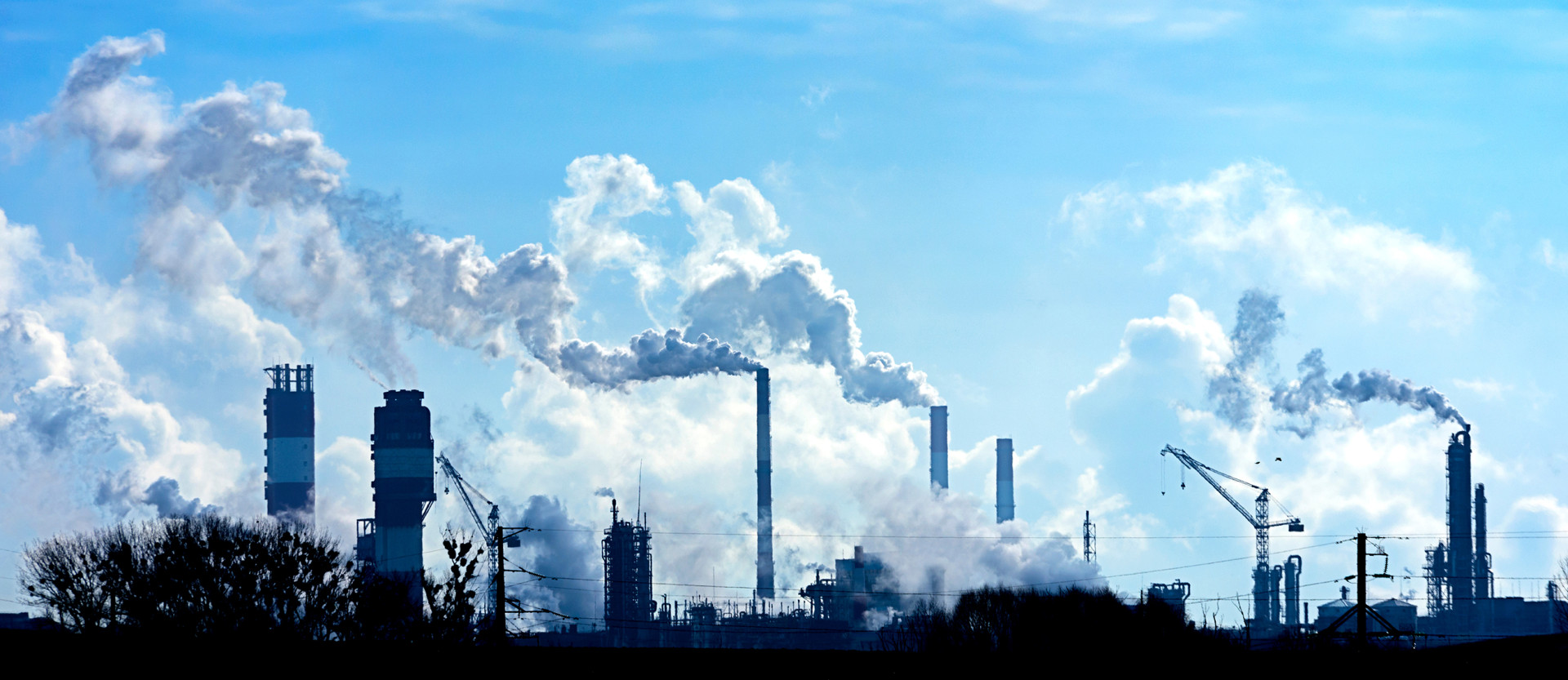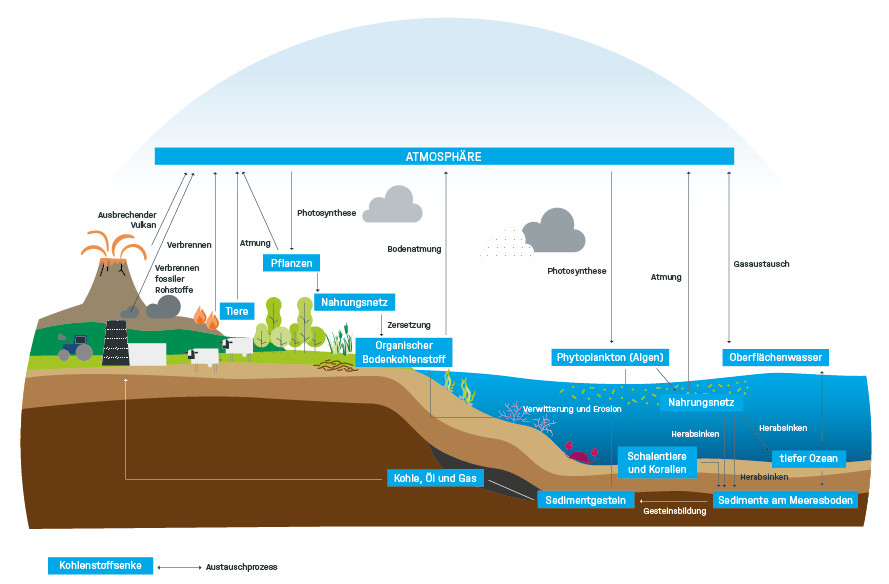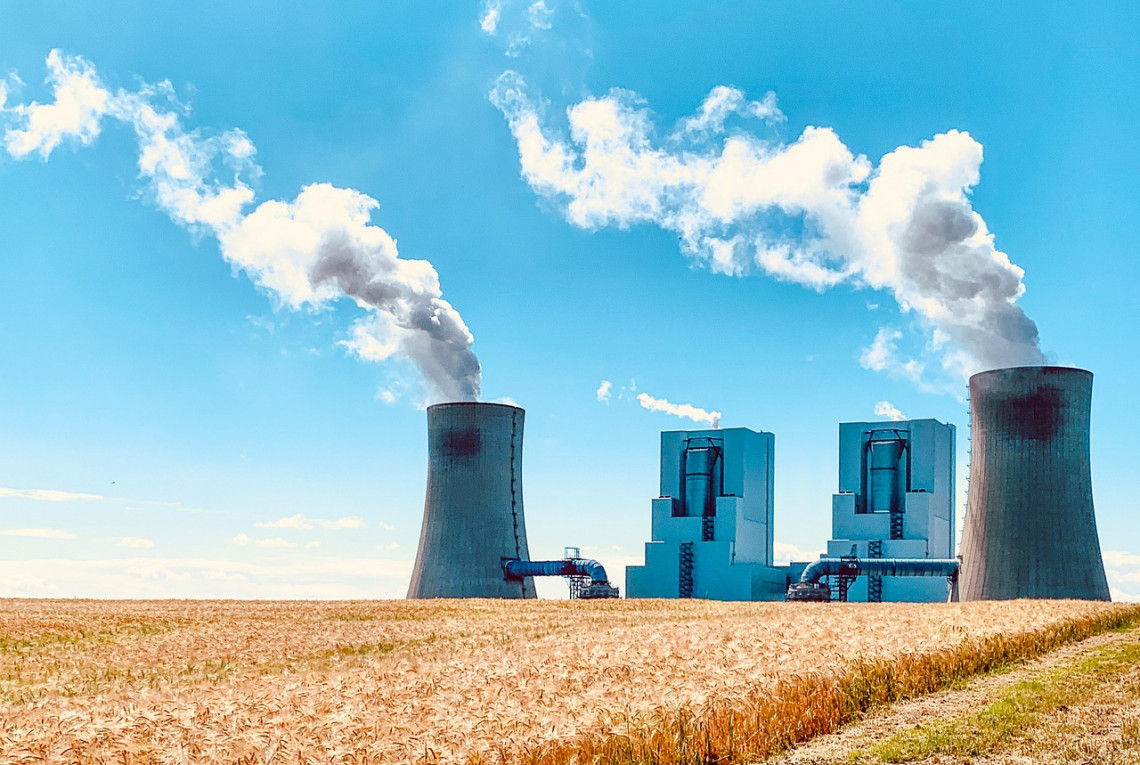What is carbon dioxide and why is it a problem for the climate?

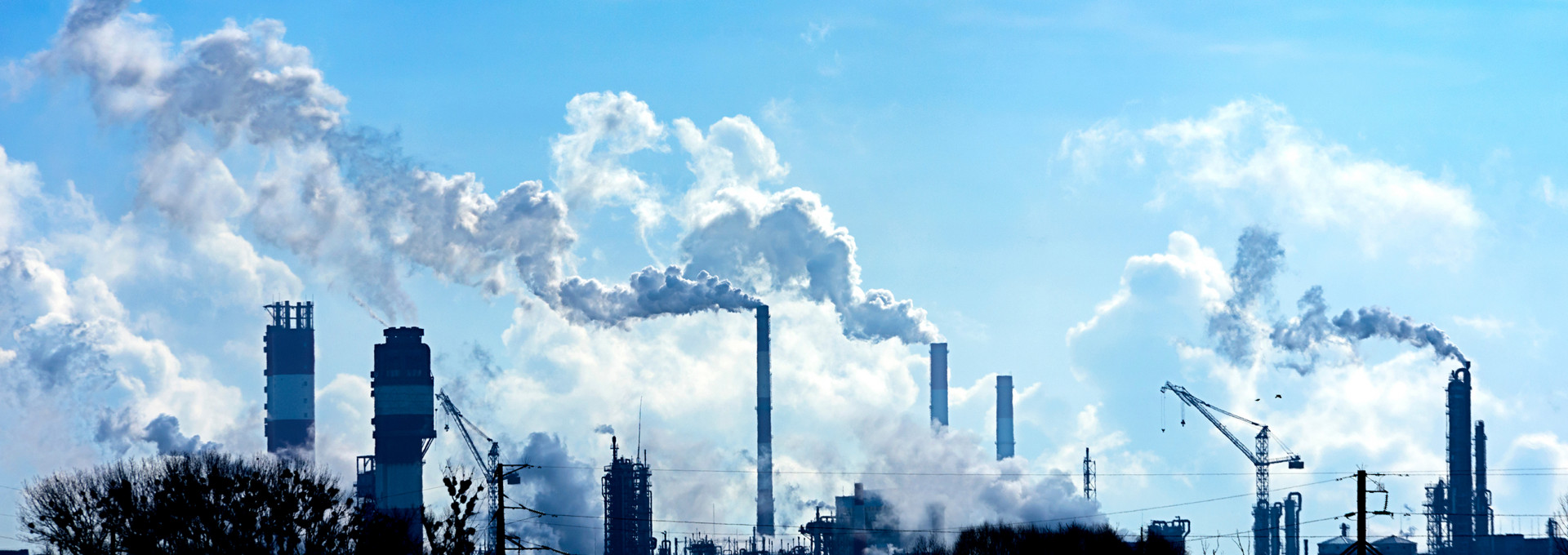
Molecules of carbon dioxide gas (CO2) consist of one carbon atom and two oxygen atoms. Carbon dioxide is a natural constituent of our air, but its concentration is very low. CO2 makes up only about 0.04 percent of the air by volume; air is mostly nitrogen and oxygen. That doesn’t sound like much, but CO2 still plays a very important role. For one thing, it’s a key component of many biological cycles, from our breathing to energy production in plants. But it also contributes to the greenhouse effect, which helps to regulate Earth’s temperature.
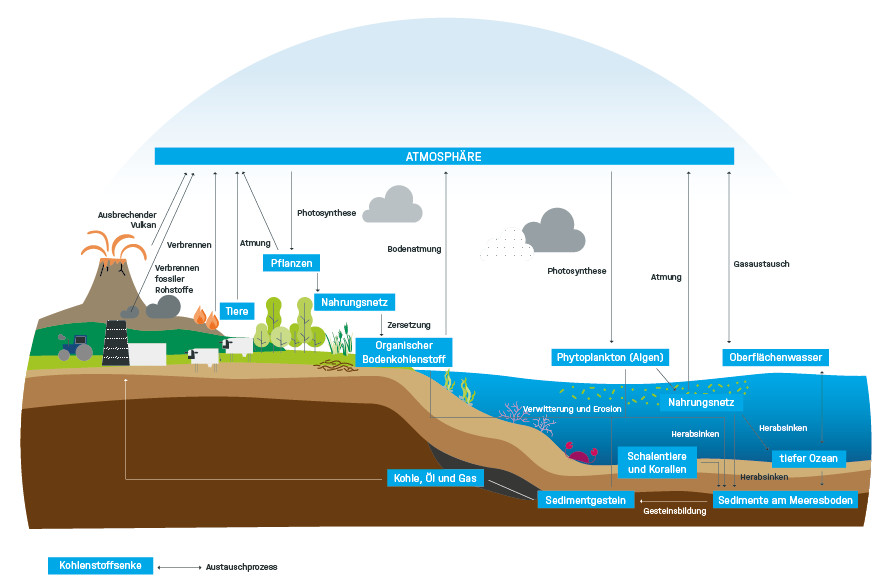
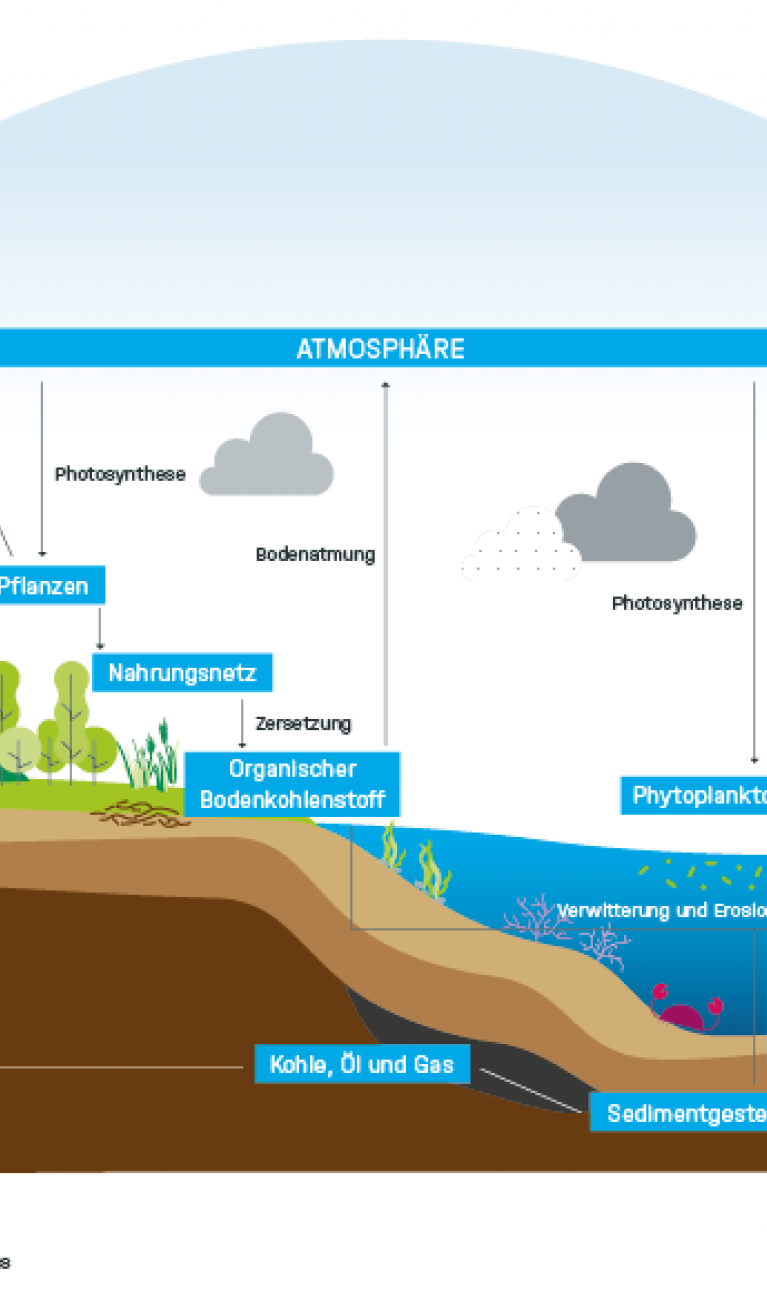
CO2 doesn’t only occur as a gas; it dissolves easily in water to form carbonic acid. So not only is CO2 present in the atmosphere, it’s also in the ground and the ocean. When wood, oil or other fossil fuels are burned, the carbon they contain reacts with the oxygen in the air to form CO2.
The greenhouse effect keeps temperatures on Earth relatively stable and favorable to life. Greenhouse gases in the atmosphere retain some of the heat that reaches the Earth from the Sun, just as a blanket keeps our body heat close to us.
Info box
Even at a level of one percent CO₂ in the air, people show signs of carbon dioxide poisoning. So even the smallest changes in the composition of the atmosphere have major consequences.
The problem is that since the onset of industrialization, humans have released into the atmosphere large quantities of CO2 that had previously been stored in the ground in fossil fuels. Before the Industrial Revolution, a million air molecules included about 280 molecules of CO2. That means the atmosphere had a CO2 concentration of 280 parts per million (ppm). Today that concentration has increased to 420 ppm and it's still rising. Because we have a “thicker blanket”, more solar heat stays in the greenhouse and the global temperature rises. Even though the temperature has only risen by one degree so far, this small change makes a big difference for life on Earth.
Info box
Our human bodies only function properly within a very narrow temperature range around 37 degrees. Even when our temperature is “only” three degrees higher – with 40-degree fever – we don’t feel well at all.
